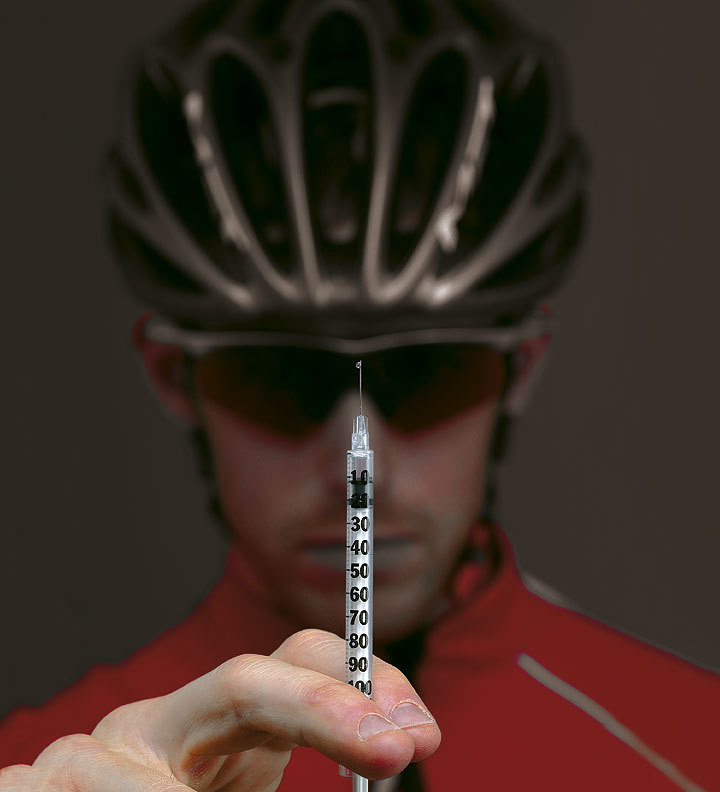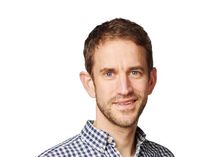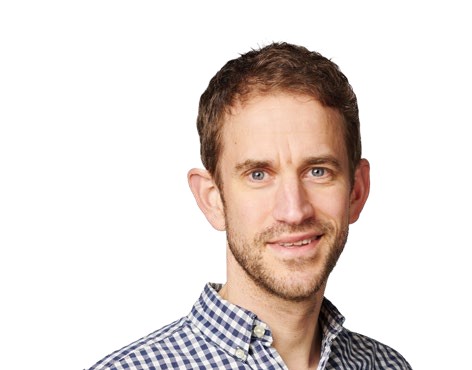BBC QUESTIONS TESTOSTERONE TEST


BBC Radio 4's More or Less programme recently investigated the testosterone test, labelling it 'the test that catches the innocent but might miss the guilty'.
With Floyd Landis' future depending on the credibility of this very test, after testing positive for testosterone in the final week of the Tour de France, his defence will be buoyed by the number of questions that appear to be hanging over the test that records a person's testosterone:epitestosterone (T:E) ratio.
The programme, broadcast on Monday, November 6 highlighted the case of Irish 1500m runner Gareth Turnbull who tested positive for testosterone in 2005. After re-mortgaging his house to finance his defence, he was cleared last month by the Irish federation on the grounds of probability; they ruled that his levels were high because of alcohol he had consumed.
The programme also tells the story of the first person to fall foul of the testosterone test, a Japanese volleyball player. So serious was the case in Japan that the player was virtually placed under house arrest (in a hospital) and repeatedly tested. He was found to be an 'outlier', someone who produces naturally high levels of testosterone.
Another statistic used was from the International Association of Athletic Federations (IAAF) who, in 2004, when the T:E ratio was set at 6:1, had 14 findings, of which only four were doping cases. One year later, when the ratio was lowered to 4:1, there were 103 findings, and again, only four were proved to be doping cases.
Dr Christiane Ayotte, head of the Montreal doping laboratory is interviewed and raises questions over the follow up IRMS test that is supposed to detect exogenous testosterone in the body, claiming the results can vary wildly.
The programme had asked to speak to someone from the World Anti Doping Agency, but was told that no one was available.
The latest race content, interviews, features, reviews and expert buying guides, direct to your inbox!

Editor of Cycling Weekly magazine, Simon has been working at the title since 2001. He first fell in love with cycling in 1989 when watching the Tour de France on Channel 4, started racing in 1995 and in 2000 he spent one season racing in Belgium. During his time at CW (and Cycle Sport magazine) he has written product reviews, fitness features, pro interviews, race coverage and news. He has covered the Tour de France more times than he can remember along with the 2008 and 2012 Olympic Games and many other international and UK domestic races. He became the 134-year-old magazine's 13th editor in 2015 and can still be seen riding bikes around the lanes of Surrey, Sussex and Kent. Albeit a bit slower than before.